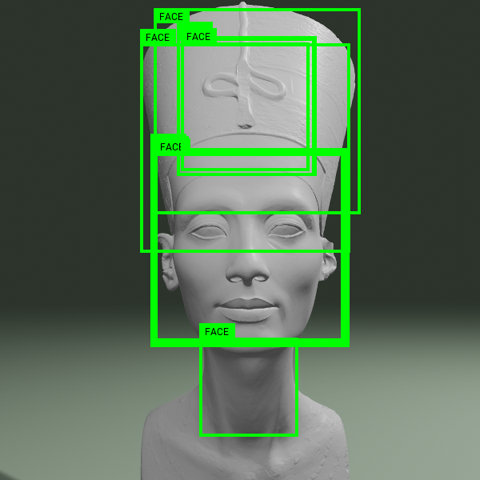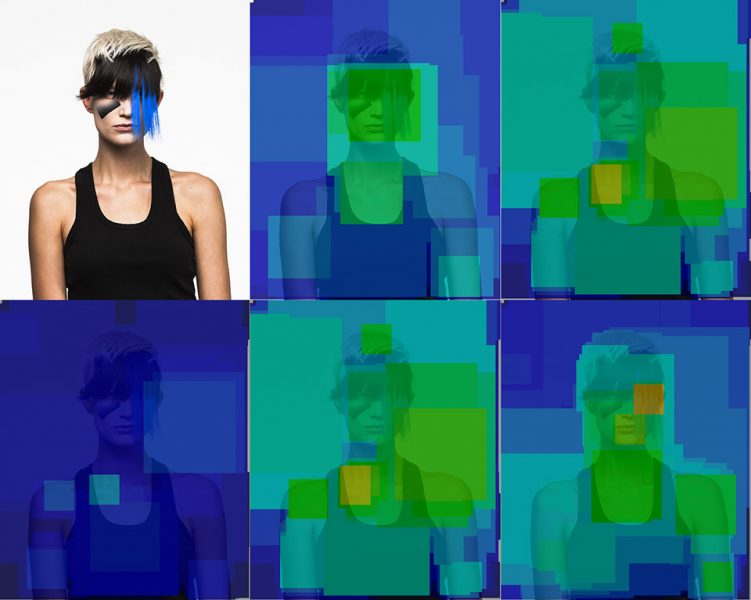After the Photography

Workshop on Computer Vision, Datasets, and Face Recognition
ADAM HARVEY
This workshop is made possible through the financial support of swissuniversities.ch and will take place as part of the initiative «Digital Skills – Teaching Networked Photography in the Digital Age».
Adam Harvey (NY, Berlin) is an artist, designer, researcher and activist. His work explores the themes of computer vision, privacy, and surveillance. In his workshop Adam Harvey will talk about the possibilities that are possible through his project VFRAME.
This workshop will explore the intersection of computer vision, photography, datasets, and surveillance. Starting with the MegaPixels research project, this workshop will discuss how photography has shaped datasets and how
the datasets have in turn shaped the way computers now see the world. But datasets are often obscure, hidden, or inaccessible to the public, and understanding how computers are analyzing us first requires an investigation into how
datasets are made and where that data originates. Through the MegaPixels project analyses of datasets we can begin to learn how datasets are created and how we might create our own version.
Next, the workshop will present the VFRAME project, an open source computer vision toolkit designed to analyze conflict zone videos and extract useful metadata. The toolkit is written and Python and is preferably used on GPU accelerated Linux
systems. Running on MacOS is also possible with some limitations. You can use VFRAME on your own computers to test face blurring software, to detect common objects, and to export this as data.
At this point in the workshop you will be confronted with an issue: neural networks only detect objects that are quite ordinary and perhaps not relevant to your project. How do you proceed? How do you build custom computer vision algorithms that
can see the world in a more useful or just way? Will you search for a public dataset to train with? Collect photos and build your own?
Finally, the workshop will present a new technique from the VRAME project for using 3D modeling to create photorealistic training data. Photogrammetry will be used to photoscan an object and import it into a 3D environment. From here, the
VFRAME toolkit can guide you towards developing your own neural network.
Requisites:
Python familiarity is required for using VFRAME toolkit. Students can work together in groups.
